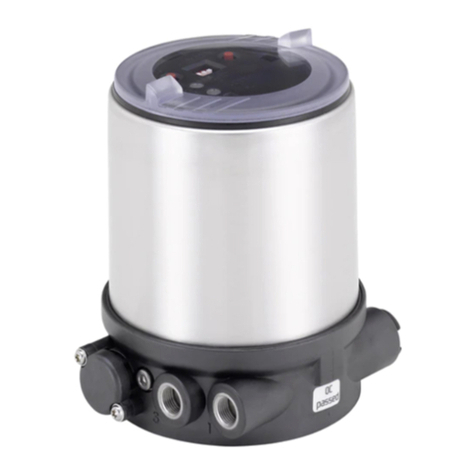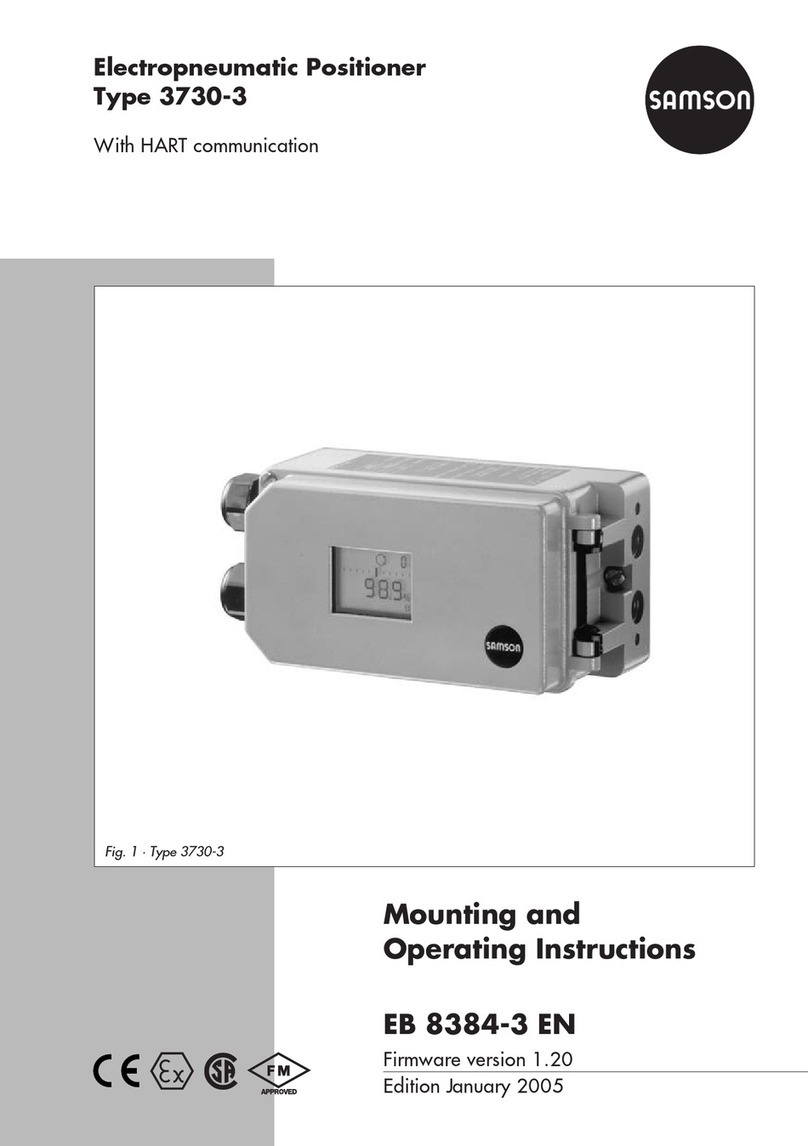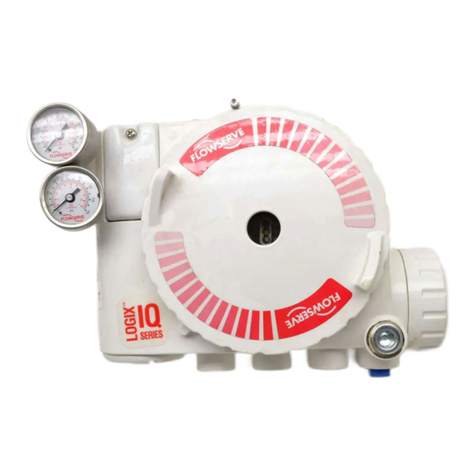
airpower eur
o
pe GmbH, Auf der Hohl 7,
D-53547 Datt
en
berg,
www.airpower-gmbh.com, [email protected]om 2
CONTENT
1. INFORMATION FOR THE OPERATOR .............................................................................................................. 3
1.1 CLASSIFICATION OF SAFETY INSTRUCTIONS ................................................................................................. 3
1.2 SAFETY AND WARNINGS ............................................................................................................................. 4
1.3 IMPROPER USE OR MODIFICATION OF THE DEVICE ..................................................................................... 4
1.4 INSTALLATION AND MAINTENANCE ............................................................................................................ 4
1.5 SCOPE OF DELIVERY .................................................................................................................................... 5
2. SUMMARY .................................................................................................................................................... 5
2.1 FUNCTIONS ................................................................................................................................................. 6
2.2 SPECIAL FEATURES ....................................................................................................................................... 6
2.3 INTEGRATED LIGHTNING PROTECTION ........................................................................................................ 6
3. TECHNICAL DATA ........................................................................................................................................... 7
4 INSTALLATION .............................................................................................................................................. 8
4.1 DIMENSIONS ............................................................................................................................................... 8
4.2 INSTALLATION ........................................................................................................................................... 9
5. OPERATION ................................................................................................................................................. 17
5.1 INTERFACE DESCRIPTION (USER INTERFACE) ........................................................................................... 17
5.1.1 DISPLAY .................................................................................................................................................. 17
5.1.2 BUTTONS................................................................................................................................................ 18
5.2 CONFIGURATION MODE ............................................................................................................................ 19
5.2.1 ENTERING TO CONFIGURATION MODE ................................................................................................... 19
5.2.2 CHOOSING A CONFIGURATION PARAMETER .......................................................................................... 19
5.2.3 CHANGING A PARAMETER ...................................................................................................................... 21
5.2.4 RESET USER PARAMETERS .................................................................................................................... 21
5.2.5 EXIT CONFIGURATION MODE ................................................................................................................. 21
5.3 INITIALIZATION .......................................................................................................................................... 21
5.3.1 EXAMINATION BEFORE INITIALIZATION .................................................................................................. 22
5.3.2 AUTOMATIC CALIBRATION ..................................................................................................................... 22
5.3.3 MANUAL CALIBRATION .......................................................................................................................... 23
5.4 DIAGNOSTIC MODE ................................................................................................................................... 24
5.4.1 SWITCHING TO DIAGNOSTIC MODE ........................................................................................................ 24
5.4.2 EXIT THE DIAGNOSTIC MODE ................................................................................................................. 24
5.4.3 DIAGNOSTIC PARAMETER....................................................................................................................... 24
5.5 ALARM ...................................................................................................................................................... 24
5.5.1 ZERO POINT OF POSITION SENSOR TOO LOW ......................................................................................... 24
5.5.2 END POINT OF THE POSITION SENSOR TOO HIGH................................................................................... 24
5.5.3 INITIALIZATION ERROR ........................................................................................................................... 25
5.5.4 MEASURING SPAN-RANGE IS INSUFFICIENT ........................................................................................... 25
5.5.5 USER CHARACTERISTICS SETTING ERROR ............................................................................................... 25



























